Pho Hien - the capital of the ancient Son Nam town - the land once known as the "small capital" was formed from favorable geographical conditions and political context during the Le-Trinh period.
Pho Hien used to be located close to the left bank of the Red River, a gateway for river trade from the Northern sea to the Thang Long citadel, making this place a "meeting point" of international trade routes.
 |
Xich Dang Temple of Literature - symbol of Son Nam land of learning. (Photo: HT) |
 |
Over time, this land still retains its ancient structures. (Photo: HT) |
The scene of “above the wharf and below the boat” with trading posts (representative offices), especially from countries such as Japan, England, the Netherlands… with the presence of sailing ships from 12 countries: Japan, China, Siam (Thailand), Lu Tong (Philippines), Malaysia, Indonesia, India, England, France, the Netherlands, Portugal, Spain turned Pho Hien into a bustling economic, political and cultural city in the 16th - 17th centuries.
On April 11, 2025, the Ministry of Culture, Sports and Tourism sent a document to the Ministries of Finance; Construction; Agriculture and Environment; and Justice to coordinate research and provide opinions on the proposals and recommendations of Hung Yen province related to the necessity: on the project implementation policy; on flood prevention and environmental protection; on investment capital sources; on investment incentives; on site clearance progress for the Ministry of Culture, Sports and Tourism to synthesize and report to the Prime Minister.
The stele of Thien Ung pagoda erected in the 7th year of Vinh To (1625) reads: “Nhan Duc, Hoa Duong, Hien are the ten wards”. That is, at that time, in 1625, before the Dutch established a trading post, Pho Hien was formed with 10 wards. Later, in the 18th century, the steles at Thien Ung pagoda (erected in 1709) and Chuong pagoda (Kim Chung Tu, erected in 1711) also showed the names of 20 wards and towns of Pho Hien.
The goods available in Pho Hien that were exported abroad at that time were: yellow silk, linen, cotton, cardamom, musk, lacquer, cinnamon, longan, tin, areca nut, ceramics, porcelain... Even documents recorded that there were rice, pepper, shark fins... Participating in this bustling trading activity in Pho Hien were the participation of 50 localities across the country. Western documents described Pho Hien as having more than 2,000 houses, of which the Dutch village alone occupied more than 100 houses...
 |
Chuong Pagoda - considered Pho Hien's number one scenic spot. (Photo: HT) |
 |
Pho Hien in the past was a place where many cultures converged, where East and West met. (Photo: HT) |
 |
Unique architectural works still exist, from Chuong Pagoda, An Vu Communal House, Dong Do Quang Hoi Assembly Hall, Thien Hau Temple... (Photo: HT) |
 |
Martial Temple (Photo: HT) |
 |
A pair of lion statues at Thien Hau temple. (Photo: HT) |
Cultural diversity is reflected in the unique architectural works that still exist, from the Chuong Pagoda, An Vu Communal House, Dong Do Quang Hoi Assembly Hall, Thien Hau Temple, Catholic Church (Spanish style) and streets with a fusion of Vietnamese, Japanese, Chinese and Western styles.
According to the Hung Yen provincial government: "These relics and heritages are not only historical evidence but also invaluable assets of Vietnamese culture."
 |
Hung Yen is also famous for its longan specialty. (Photo: HT) |
 |
The Pho Hien restoration project is divided into 4 main sub-areas with a total area of 1,708.9 hectares . (Photo: HT) |
The People's Committee of Hung Yen province believes that: Restoring ancient Pho Hien is not only preserving heritage, but also opening up great opportunities for sustainable economic development - tourism, trade, and services for the province, a "golden opportunity to develop regional tourism". With its location near Hanoi and in the Red River Delta, Pho Hien has great advantages in terms of traffic connections, easily attracting domestic and foreign tourists.
“The project to restore ancient Pho Hien not only promotes the development of Hung Yen but also creates momentum for neighboring provinces in the Red River Delta region. Turning Pho Hien into a cultural tourism destination of national and international stature, contributing to enhancing Vietnam's position on the global tourism map, aiming to propose UNESCO to recognize Pho Hien as a World Cultural Heritage” - Hung Yen's project stated.
Pho Hien restoration project is divided into 4 main sub-areas with a total area of 1708.9ha .
In which, Sub-area I - Phuc Hien Sub-area (399.3ha): The focal point is the area recreating the ancient Pho Hien international trading port, combining night-time economic space and multicultural walking streets.
Zone II – Festival Zone (427.5ha): Is the central area for cultural activities, festivals, and conferences with a combination of tradition and modernity.
Sub-area III – Service and live performance area (467ha): Sub-area combines tourism services and live performance programs recreating the history and culture of Pho Hien.
Sub-zone IV – Ecological green zone along the Red River (415.1ha): Cool green area, creating an agricultural experience and relaxation space for visitors.
Source: https://baophapluat.vn/de-xuat-phuc-dung-pho-hien-co-ky-vong-lam-song-lai-qua-khu-vang-son-post545462.html


![[Photo] Ho Chi Minh City residents "stay up all night" waiting for the April 30th celebration](https://vphoto.vietnam.vn/thumb/1200x675/vietnam/resource/IMAGE/2025/4/30/560e44ae9dad47669cbc4415766deccf)
![[Photo] Ho Chi Minh City: People are willing to stay up all night to watch the parade](https://vphoto.vietnam.vn/thumb/1200x675/vietnam/resource/IMAGE/2025/4/29/cf71fdfd4d814022ac35377a7f34dfd1)

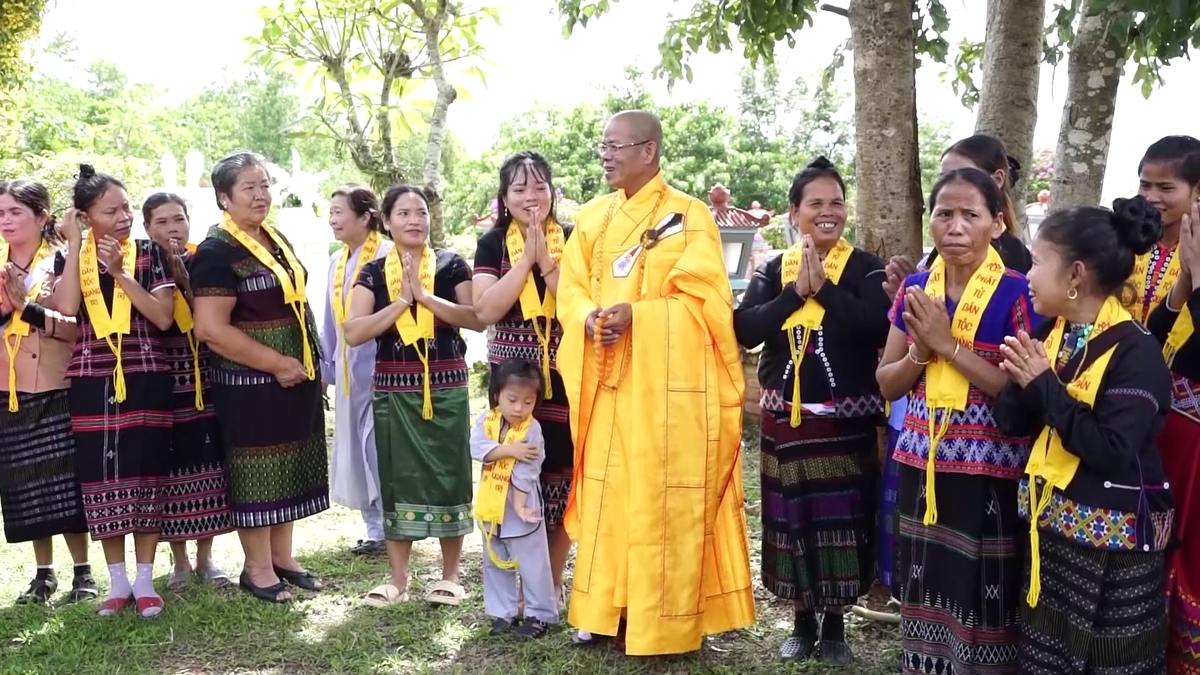
![[Photo] General Secretary attends special art program "Spring of Unification"](https://vphoto.vietnam.vn/thumb/1200x675/vietnam/resource/IMAGE/2025/4/29/e90c8902ae5c4958b79e26b20700a980)
![[Photo] Demonstration aircraft and helicopters flying the Party flag and the national flag took off from Bien Hoa airport](https://vphoto.vietnam.vn/thumb/1200x675/vietnam/resource/IMAGE/2025/4/30/b3b28c18f9a7424f9e2b87b0ad581d05)

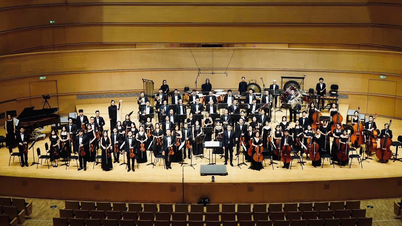


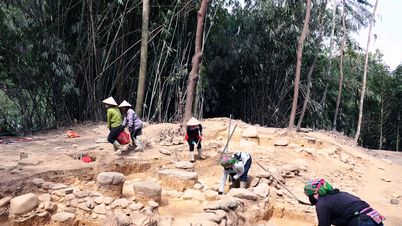





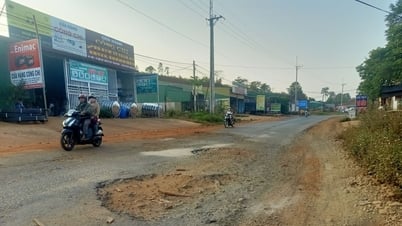
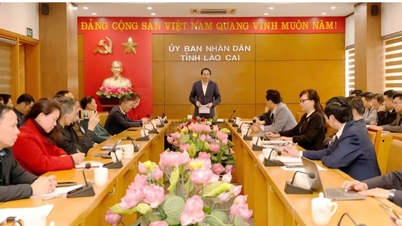


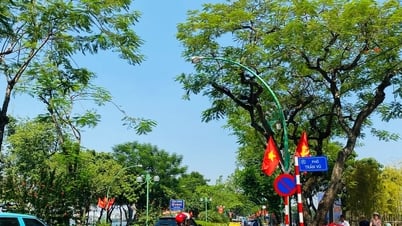

![[Photo] Hanoi is brightly decorated to celebrate the 50th anniversary of National Reunification Day](https://vphoto.vietnam.vn/thumb/1200x675/vietnam/resource/IMAGE/2025/4/29/ad75eff9e4e14ac2af4e6636843a6b53)















































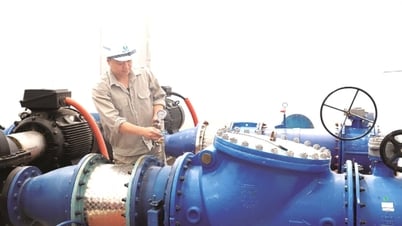



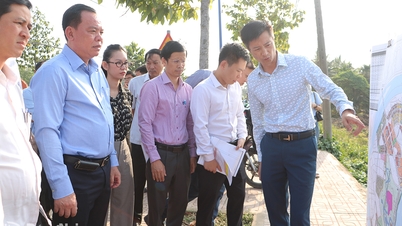















Comment (0)